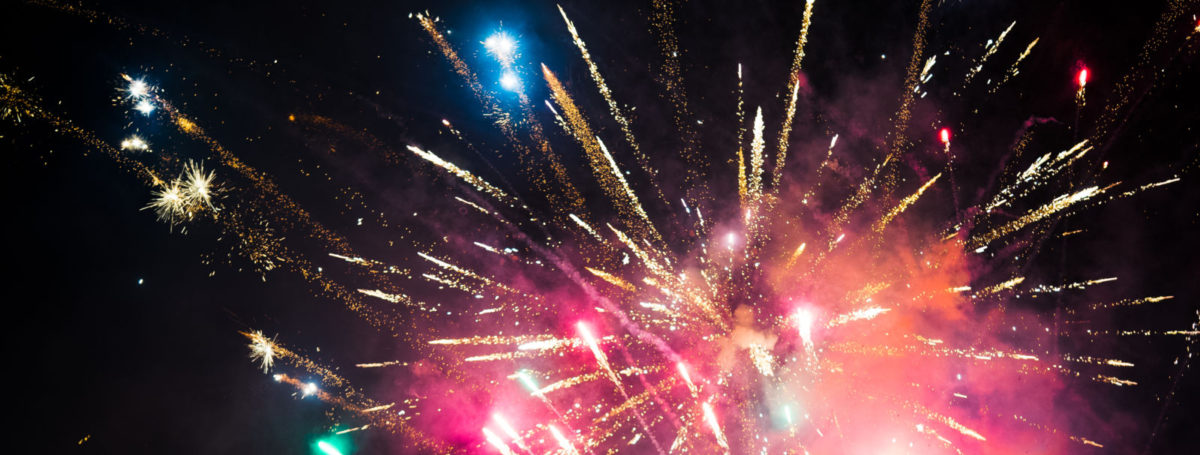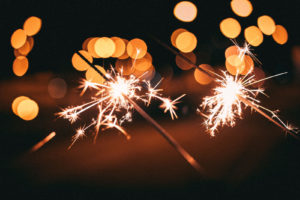Focusing on Fire Safety
August 7, 2019
Did you go see fireworks this past month? Hopefully it was an enjoyable and safe experience for all! Did you know that the different colors and burning effects in fireworks are caused by the ignition of metal salts like Calcium Carbonate (orange) and Copper (I) Chloride (blue)?
Chemistry can be so fun and useful – but also so dangerous when out of control! Unfortunately, between 2008 and 2018, the Consumer Product Safety Commission (CPSC) estimates for firework related injuries shows a trending rate of increase in incidents per 100,000 people. (https://www.cpsc.gov/s3fs-public/Fireworks_Report_2018.pdf )
In addition, the National Fire Protection Association (NFPA) reports that fireworks start an average of 18,500 fires per year, causing an average of three deaths, 40 civilian injuries, and an average of $43 million in direct property damage. (https://www.nfpa.org/Public-Education/Fire-causes-and-risks/Seasonal-fire-causes/Fireworks)
Since most of the injuries reported are related to personal use of fireworks (sparklers, roman candles, bottle rockets, etc), the U.S. Fire Administration (USFA) recommends that the best way to stay safe from fireworks is to not use them. Instead, attend a public fireworks display put on by professionals. (https://www.usfa.fema.gov/downloads/fief/outdoor_fire_safety.pdf )
Leading up to National Fire Prevention month in October, we will be sharing more facts about preventable fires and tips on fire prevention and safety each month, because being prepared for a fire of any origin is always a good idea, no matter if you are at home, work, or anywhere in between, indoors or out.
While the main fireworks season (the 4 weeks surrounding the 4th of July) has wrapped up, about 1/3 of all firework related injuries still occur at other times of the year. One of the largest contributors to emergency room visits, especially for children, is the unassuming, non-projectile, non-explosive, sparkler.
Did you know that spaklers burn at temperatures ranging from 1800°F to 3000°F? The chemical content of a sparkler can vary, depending on what materials are used as the fuel, oxidizer, metal (this is what makes the sparks), and binder. The different formulations result in a wide range of high burning temperatures.
To help prevent both injuries and fires, the National Safety Council (NSC) advises: Soak both spent and unused fireworks in water for a few hours before discarding. To completely prevent these injuries, but still have fun, they also suggest: Consider using safer alternatives, such as glow sticks, confetti poppers or colored streamers.(https://www.nsc.org/home-safety/tools-resources/seasonal-safety/summer/fireworks)
For more tips on firework safety, check out the links provided in the article above, and make the end of summer a safe one!




